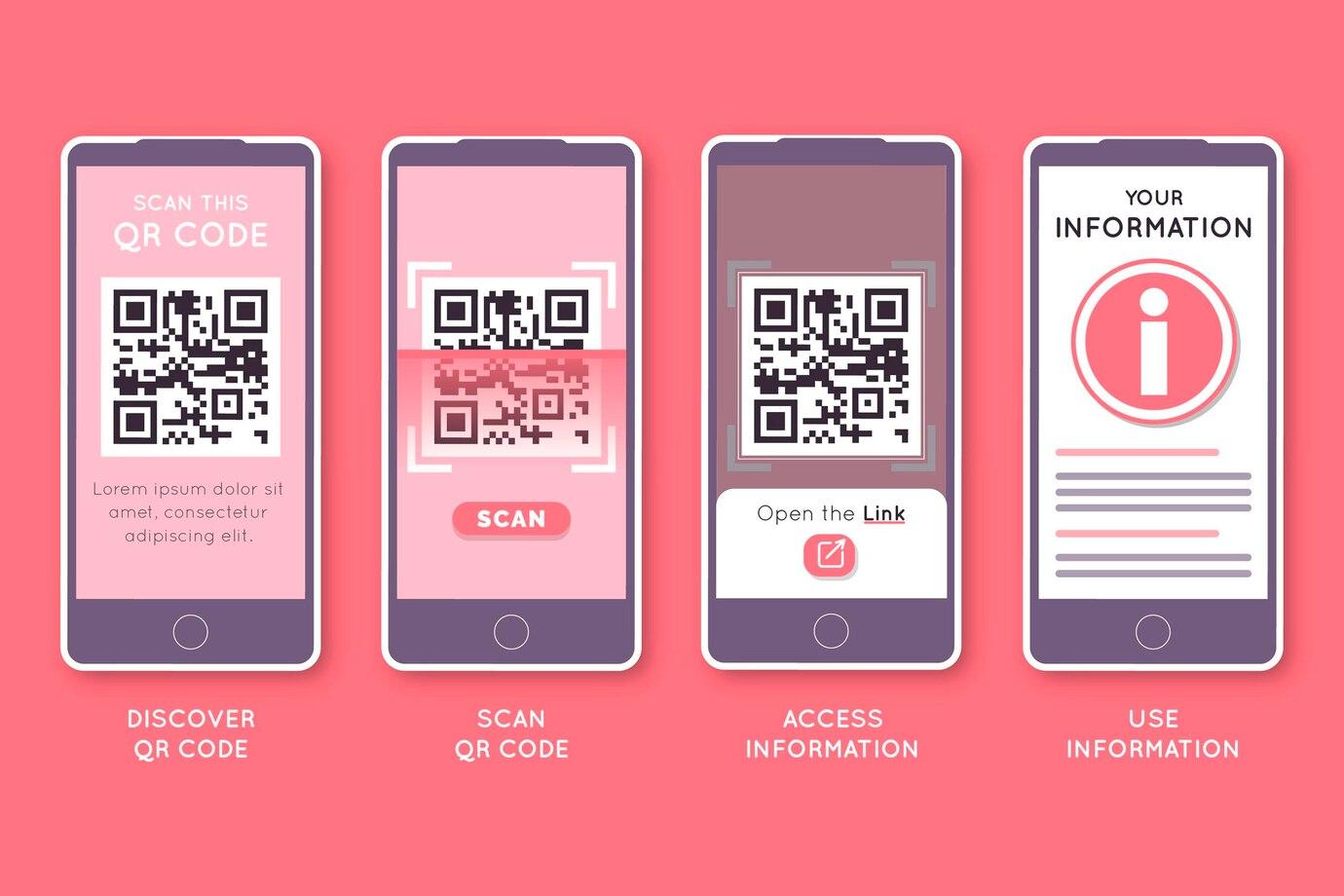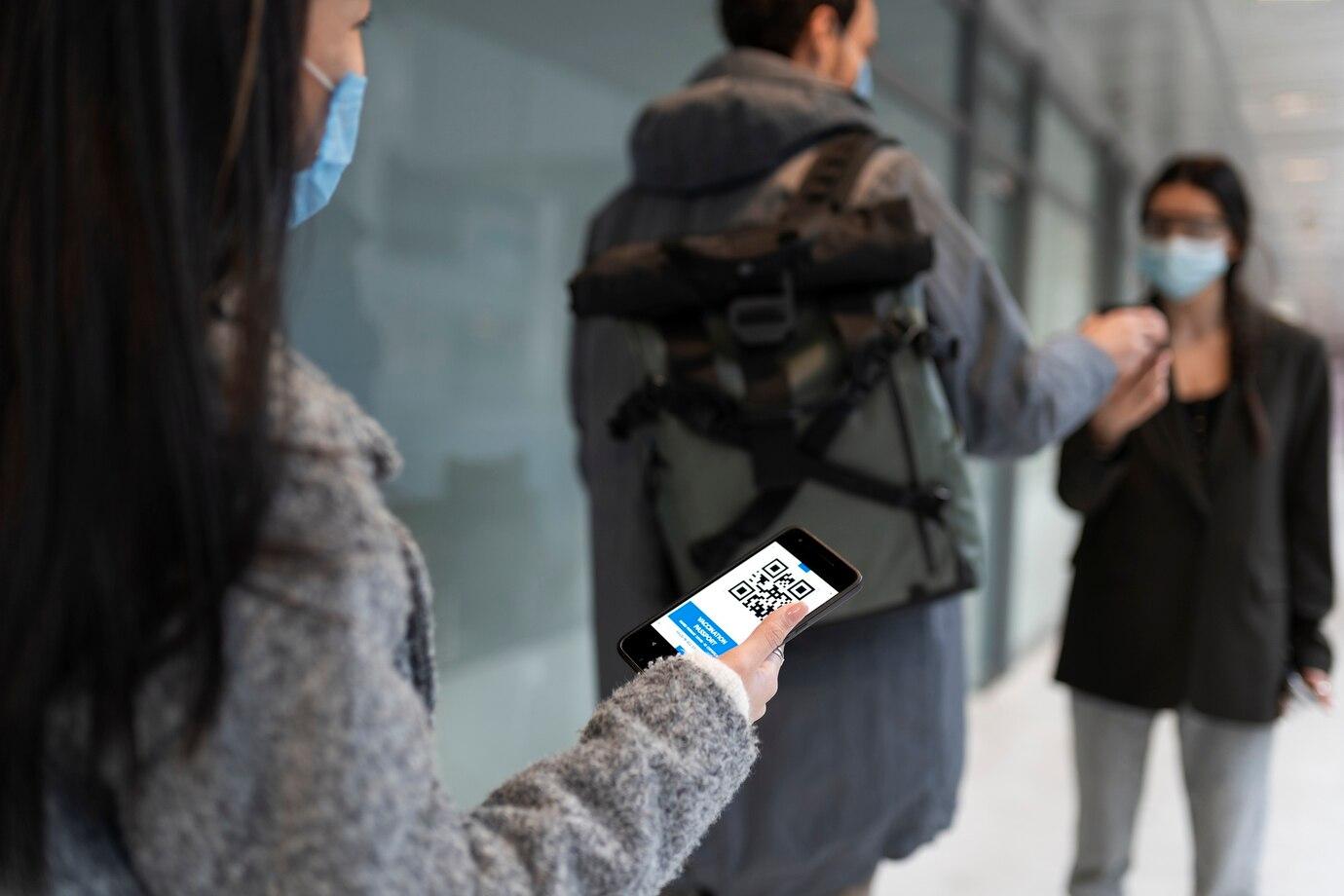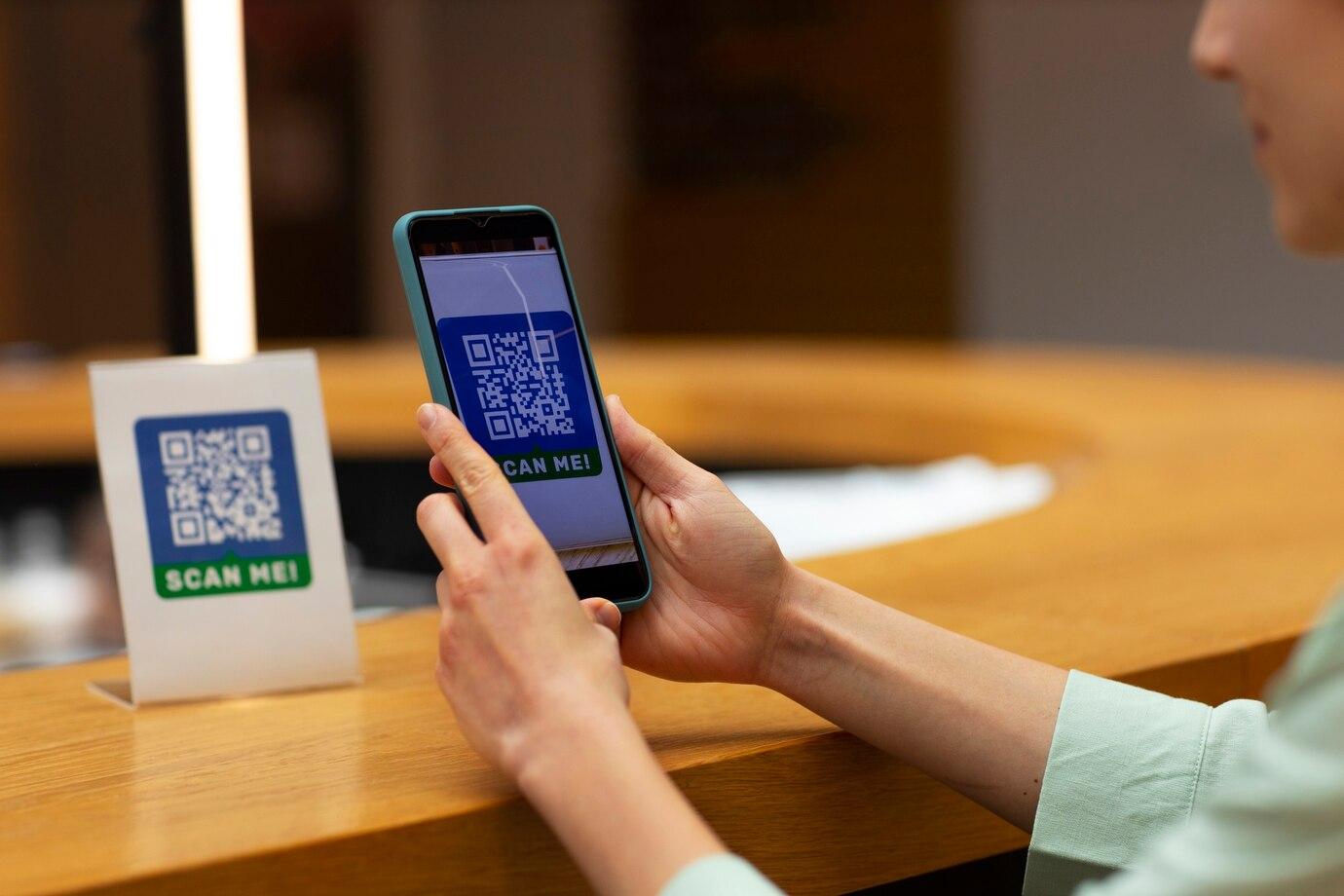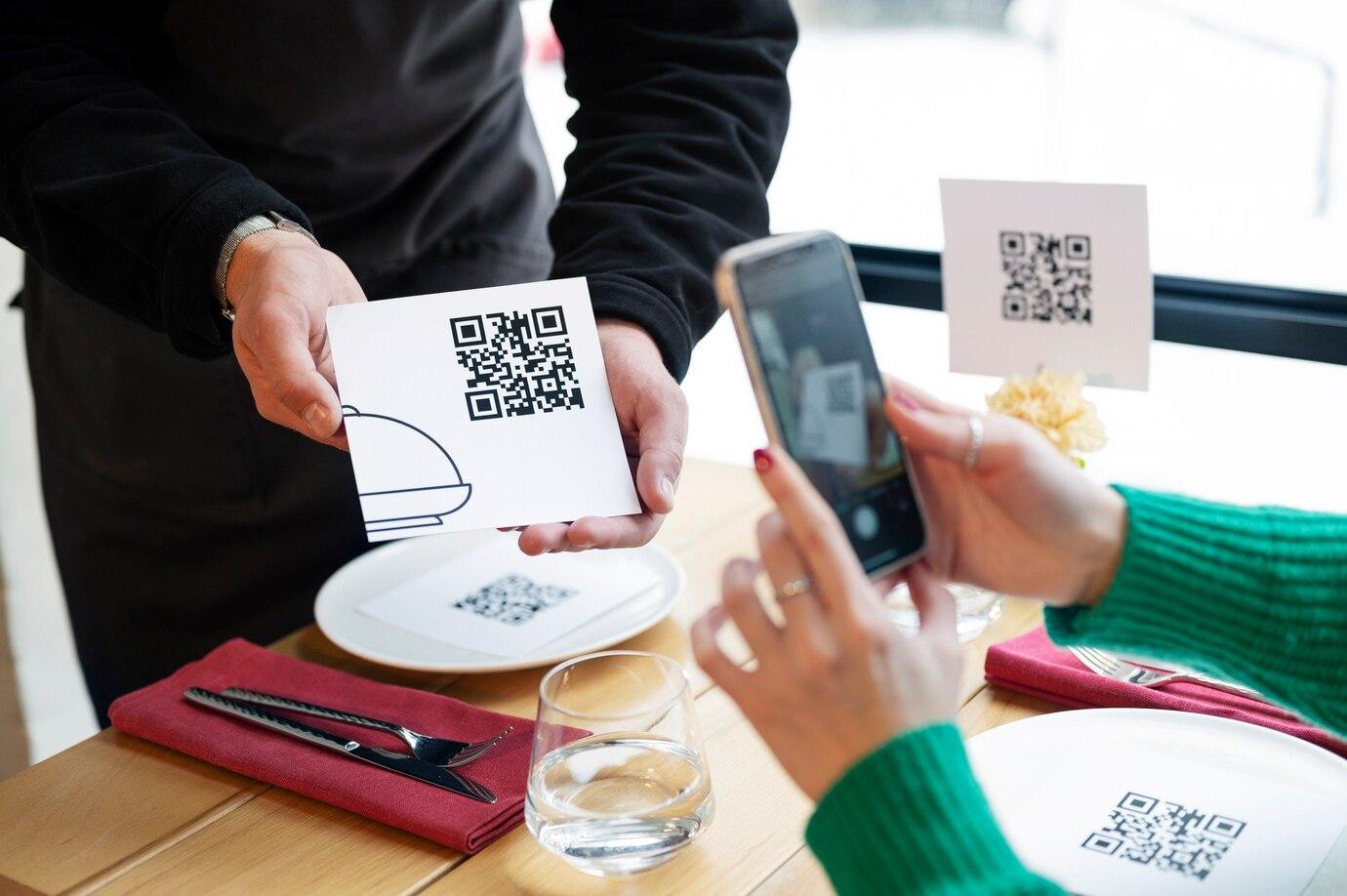QR codes have become an integral part of our daily lives. They are used for convenient access to information, making payments, and even registering for events. However, alongside the growing popularity of QR codes, the number of fraudulent schemes associated with their use is also increasing. In this article, we will take a detailed look at how scammers use fake QR codes to steal money, as well as offer methods of protection against these threats.
What are QR Codes and How Do They Work?
A QR code (Quick Response code) is a two-dimensional barcode that can store various information, including text, URLs, product, and payment information. All it takes to scan it is a regular smartphone with a camera and a special app. The process is very simple: the user opens the app, points the camera at the code, and gains access to the content.
The use of QR codes became especially relevant during the COVID-19 pandemic. Many companies began to implement them for contactless trading and information delivery, simplifying life for many users. However, such a convenient tool also became an ideal platform for financial scammers.

Fraudulent Schemes Using QR Codes
Creating Fake QR Codes
One of the main fraud schemes is creating fake QR codes that direct users to fake sites. Scammers can create a QR code that looks completely identical to the original but redirects to a page where scammers collect information about bank cards or other personal information of users.
These codes can be placed next to real codes, misleading users. We remind you that such codes can be placed on stands, public transport, or even in social media posts.
Fake Payment Links
Another common scheme is the use of QR codes to generate fake payment links. Such codes may look like payment codes for real services, such as food delivery or online stores. When a user scans such a code, they are taken to a page where they are asked to enter their card details or make a transfer to the scammers' account.
Small and medium businesses, which do not have a sufficient level of protection and are difficult to distinguish from larger companies, are especially vulnerable to counterfeiting.

Mobile Payment Scammers
Using QR codes, scammers actively implement various mobile payment schemes. For example, schemes have become popular where the victim is offered to scan a QR code on the spot to pay for goods or services. However, instead, the code redirects them to the scammers' page, where they can lose money.
Some scammers use mass mailings to lure people to scan QR codes by offering various prizes or discounts.

How to Recognize Fake QR Codes
- Link Verification. Before scanning a QR code, it is important to analyze the link it leads to. If the link looks suspicious or differs from the usual URL, it's worth thinking twice. Scammers often use domains that are slightly altered compared to real ones, for example, by adding extra letters or substituting letters.
- Comparison with the Original. If you suspect that a QR code may be fake, you should contact the source that placed the code. For example, if it's a code for an online store, go to the site through a browser and check if this information is on the pages.
- Contacting Company Representatives. If you received a QR code from a company, send a request through the official website. This will help confirm that the code is valid and intended for use.

Methods of Protection Against QR Code Fraud
Using Antivirus Software
Installing reliable antivirus software on your mobile device can protect you from many online threats, including QR code fraud. Modern software can alert you to potentially dangerous links.
Education and Awareness
One of the best ways to protect yourself is awareness. Educate yourself and others on the basics of safe QR code usage. A simple tip: never scan codes if you are not sure about their source.
Phone Security Settings
Ensure that your device's security settings are enabled to help prevent access to unwanted sites. This can significantly reduce the risk of landing on fraudulent sites.
Fraud using fake QR codes is a serious threat that can lead to significant financial losses. The scanning process seems simple and safe, but as practice shows, scammers find ways to deceive even the most attentive users. Protection against such manipulations requires awareness and caution.
Conclusion: be vigilant when interacting with QR codes. Pay attention to links, compare with originals, and use reliable sources. Remember that your safety is, above all, your responsibility.
